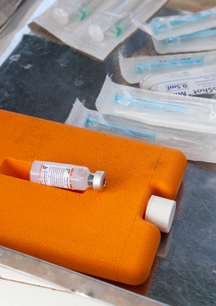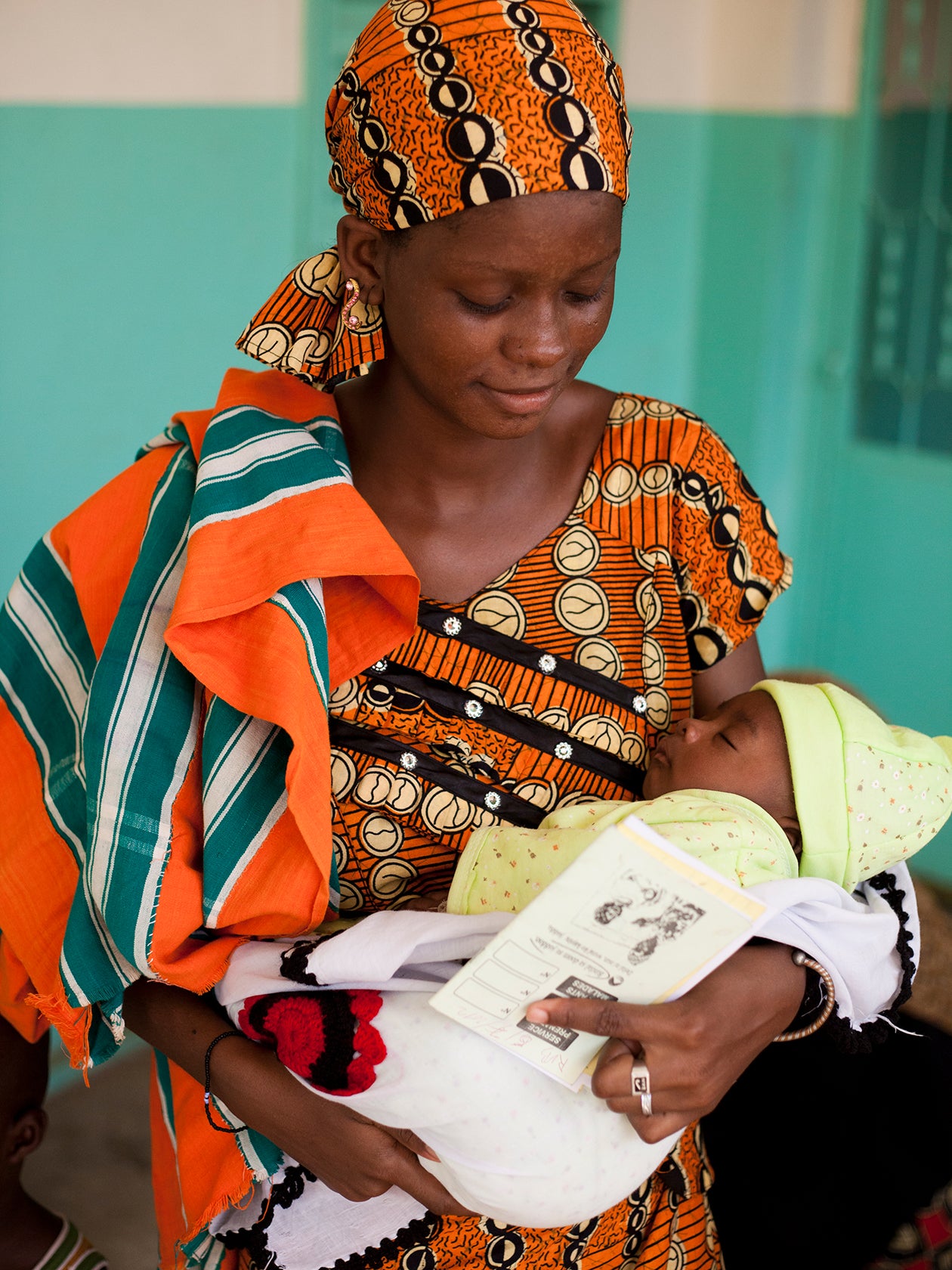Under-five mortality reduction in Senegal
From 2000 to 2015, Senegal’s under-five mortality rate declined by 56 percent.
CONTENTS
Quick Downloads

KEY INSIGHTS
Senegal’s impressive progress in curbing the mortality rate for children under the age of five has been the result of an identifiable group of policies and programs, all of which are potentially replicable in other countries.
Senegal’s highly successful comprehensive vaccination programs were among the main catalysts of its progress against U5M. Several of the nation’s most effective interventions came about through the Integrated Management of Childhood Illness (IMCI), both within communities and in facility-based care.
Significant improvements in data
Significant improvements in data, research, and health surveillance capacity.
Senegal made prolific and often effective use of data for assessing and prioritizing potential interventions, as in the rollout of pneumococcal conjugate vaccine (PCV). It also employed data for ongoing monitoring and evaluation, as seen for example in the distribution of ITNs.
Senegal made a practice of exploring globally emerging interventions (such as the Integrated Management of Childhood Illness program, also known as IMCI), and then conducting local research—including pilot testing—prior to full adoption. The government also made use of new or previously existing health-surveillance systems to identify where adaptations might be necessary, as in the distribution of PCV and the measles vaccine.

Investments in infrastructural and logistical systems
Investments in infrastructural and logistical systems relevant to public health, including supply chains that deliver medicines to facilities and water and sanitation networks.

Senegal’s major vaccination drives—notably those for pneumococcal conjugate (PCV) and rotavirus vaccine—benefited from supply-chain improvements, although performance has been mixed. By the end of the study period, there were several positive developments in the nation’s medical logistics, including an updated essential-medicines list; a network of community workers capable of bolstering provisions at the local level; and new procurements of necessary vehicles and information-technology equipment.
A major effort to reform the water and sanitation sectors of Senegal, starting in the mid-1990s, became an important factor in U5M reductions. Senegal increased access to key water, sanitation, and hygiene (WASH) services, primarily to urban areas at first. The nation has more recently been searching for productive ways to serve rural areas as well.
Emphasis on community ownership
The training and protocols for most of Senegal’s U5M interventions reflected a deliberate emphasis on meeting community needs, enhancing their public acceptability and feasibility.
Senegal drew upon a strong community-based care and communication system, featuring a diverse and capable community health worker (CHW) network. Interviewees repeatedly cited Senegal’s CHW cadres—which included both community members and health professionals—as vital to the nation’s execution of evidence-based interventions against U5M.
These CHWs played crucial roles in community engagement, sensitization, and direct-care delivery, enhancing public buy-in and easing the rollout of new treatments. Other examples of community focus include the inclusion of mothers (and more broadly, caregivers) in pediatric-health decisions, as well as consultations with religious leaders, village chiefs, and other respected community members on rollouts of vaccines, supplements, and other interventions.

Close coordination with donors
Close coordination with donors, partners, local researchers, and international organizations.

In its efforts to reduce U5M, Senegal placed a notable emphasis on involving donors and partners at almost every stage of the process, maximizing the nation’s access not only to outside funding, but also to a deep pool of global expertise.
The government brought donors and implementing partners together with Ministry of Health (MOH) officials, staff, and researchers to review published evidence and explore feasibility before implementing new interventions, as seen with the IMCI working group. Partner and donor capacity helped accelerate the rollout of several interventions, including facility-based IMCI and measures to address mother-to-child transmission of HIV.

Under-five mortality reduction in Senegal

Ask an Expert
Our team and partners are available to answer questions that clarify our research, insights, methodology, and conclusions.
